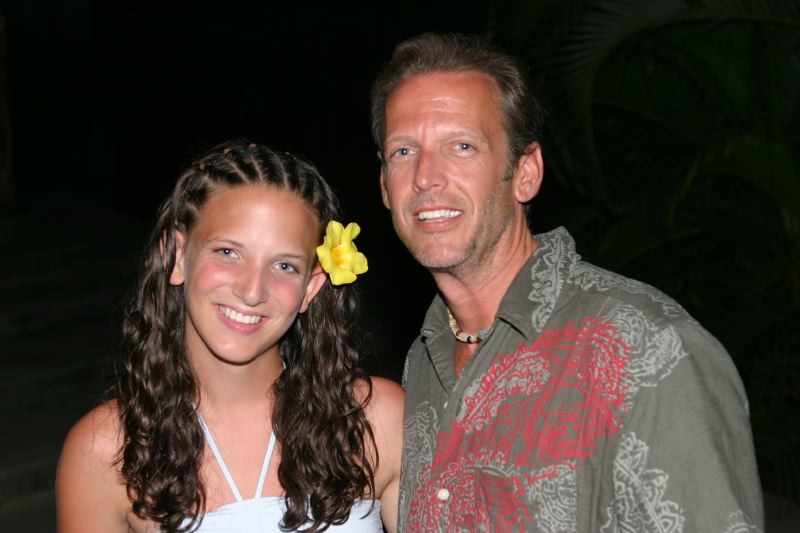24-70mm L 2.8 Discussion
Frog Costa Rica  |
Portrait  |
Previous to purchasing the Canon 10D I had a 35-120mm zoom that was my most used lens. This was probably because my 200mm was not really powerful enough for animal shots and my 24mm had very high pincushion distortion. Since I no longer use any of my old equipment, and I now have a very good wide angle and telephoto zoom, I take far fewer pictures with the Canon 24-70mm mid range lens, though I can't imagine doing without it.
After I decided to purchase the Canon 10D I began doing research into lenses. First I had to decide what focal lengths I wanted to cover, and next what lens quality I wanted to pay for. After, reading many web sites it became clear that most pro's recommended Canon L glass. This is Canon's top of the line lenses and they cost significantly more than their other lenses. Any Canon lens that has an L in the name is considered top quality. You can go to Canon's web site and read the difference in the type of glass used if you like. For myself, it doesn't matter what Canon says about the glass quality because I don't understand it anyway. What mattered to me is what users saw in their pictures.
From all the research I did (and now from my own experience) what you get with a top quality lens is much higher sharpness throughout the entire field of view, especially when the lens is wide open; less distortion (pincushion for wide angle lenses and barrel distortion for telephoto lenses); better contrast; less flare, faster and more accurate auto focus; and better build quality.
I use this lens mainly for portraits and macros. It works great with the EF12 Extension tube for enhanced macro use. It also takes great macros on it's own. I have been extremely happy with the quality of images produced while using this lens. As you can see from the images above, this lens produces amazingly sharp, detail rich photos with great tone and contrast.
The frog was taken at 70mm (112mm corrected by 1.6x for the 10D's sensor size) f 14, 200 ISO and, at close range for macro effect. I also utilized the 10D's built in flash for this photo. You can see how nicely the E-TTL metering and built in flash worked in this shot.
The portrait was taken at 45mm (72mm corrected by 1.6x for the 10D's sensor size) f 4.5, and 100 ISO. A little wide and close for a typical portrait, but I was just having fun at a wedding and not paying too much attention. Regardless, the shot turned out very nice. You can see how there is very little or no distortion even at this focal length. This time I used the external 550EX Speedlight for flash. The shot was taken at night outside and at close range. Again the E-TTL metering did a great job of setting the correct flash power, and the overall tone of the image turned out very nice.
I must add that all of my images have gone through Photoshop. I
crop, sharpen, employ noise reduction techniques, adjust contrast,
saturation, and sometimes tone on most of my photos. Out of the
camera the images don't look as good, but in my opinion this is the
great benefit of the digital world. I believe that you should
take all of your favorite images and mess with them in Photoshop.
But remember, in photography your photos will only be as good as your
weakest piece of equipment. If I was shooting with a lesser
camera and with inexpensive lenses I would not have been able to
achieve the quality of photos shown above, even with the help of
Photoshop.
Photo Equipment Section
Main Menu
Photos by Rob Bukar